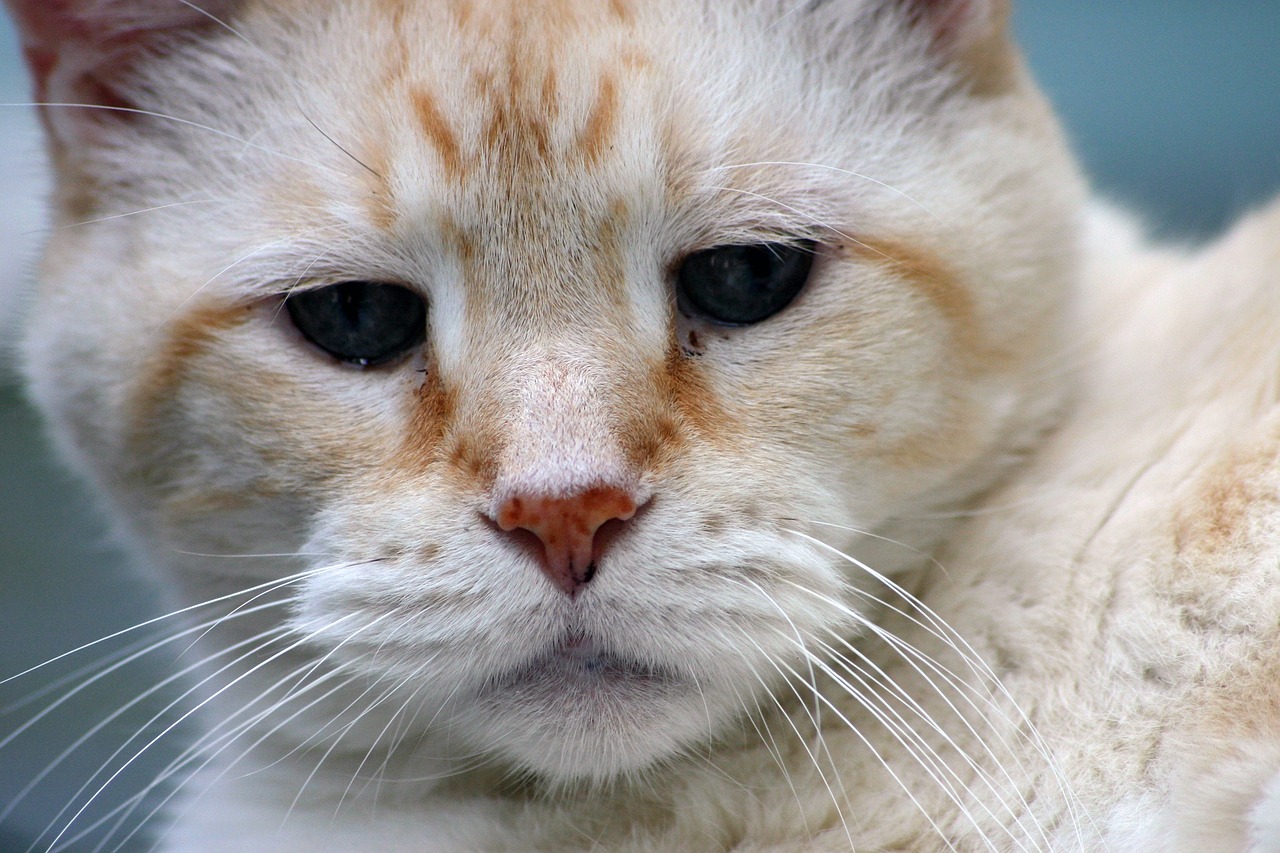Embracing the Golden Years: Enhancing Senior Cat Care Through Awareness and Innovation
In the cozy corners of our homes, senior cats often bask in the sunlight, their once vibrant play reduced to serene naps. Yet, beneath their calm exterior, these elder felines may be masters of disguise, concealing ailments and discomfort with a stoic grace. As they age gracefully into their golden years—typically defined as older than 10 years—regular veterinary visits become crucial, though often overlooked.
The Challenge of Senior Cat Care
The journey of a cat from a playful kitten to a dignified senior is often accompanied by fewer trips to the vet. Initially frequent visitors for vaccinations and routine procedures, cats may not see a veterinarian for years as they age, unless a glaring issue like a bite wound or noticeable weight loss occurs. This decrease in veterinary visits is partly due to the misconception that a less active, more reclusive lifestyle is normal for older cats, combined with the stress that vet visits can impose on both cats and their owners.
Dr. Drew Weigner, a board-certified feline specialist, notes, “Over time, clients might feel that their cats need fewer vaccinations and consequently fewer vet visits. This mindset significantly extends the time between veterinary consultations.”
The Importance of Regular Check-Ups
Regular check-ups are vital for senior cats, allowing for the early detection and management of age-related issues such as arthritis, kidney disease, or thyroid problems. Dr. Mary Gardner, co-founder of Lap of Love Hospice, emphasizes the advancements in feline healthcare that can significantly enhance the quality of life for senior cats—if they are brought in for regular assessments.
Innovative Solutions and Awareness
To bridge the gap in senior cat care, veterinary practices are adopting innovative approaches. For instance, Dr. Gardner recommends using online platforms to showcase senior cats and the specific challenges they face, helping to shift the focus from predominantly younger pets to include the “weak and wobbly” and the “skinny and stinky.” This representation can play a pivotal role in educating pet owners about the nuances of senior pet care.
Moreover, modern technology offers novel ways to monitor the health of senior cats from the comfort of home. Dr. Lauren Brower mentions a smart litter box that tracks weight, urination frequency, and volume, which can be invaluable data for early disease detection.
Creating a Comfortable Environment
Understanding and adapting to the needs of senior cats is crucial. Simple modifications like using shallow litter boxes or providing step stools can make a significant difference in their comfort. Practices certified as Cat Friendly or those adopting Fear Free techniques can make veterinary visits less stressful, encouraging more frequent check-ups.
Engaging and Educating Pet Owners
Education is key. Regular communication through emails, social media posts, and informative videos can help pet owners recognize the signs of aging and disease. Discussions about the normal aging process, coupled with insights into the less obvious signs of discomfort or illness in cats, can prepare owners for proactive senior cat care.
Conclusion
As our beloved felines enter their twilight years, it is our duty to ensure they do so with dignity and as little discomfort as possible. By enhancing awareness, embracing technological aids, and fostering an environment of regular veterinary care, we can significantly improve the quality of life for senior cats. Let’s not wait for the obvious signs of distress; instead, let’s advocate for and implement a preventative approach to senior cat health care, ensuring our furry companions receive the love and attention they deserve as they grow older.



